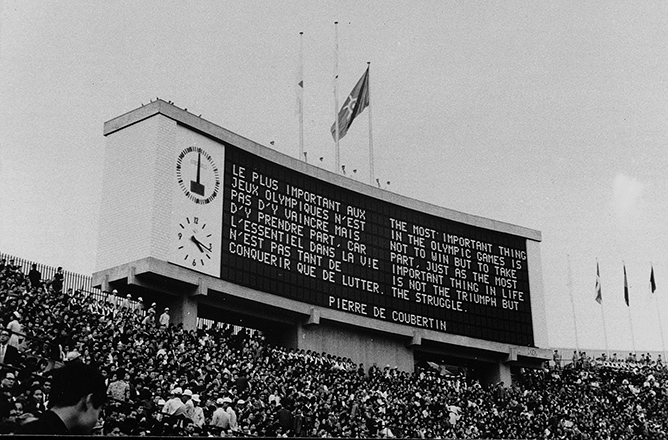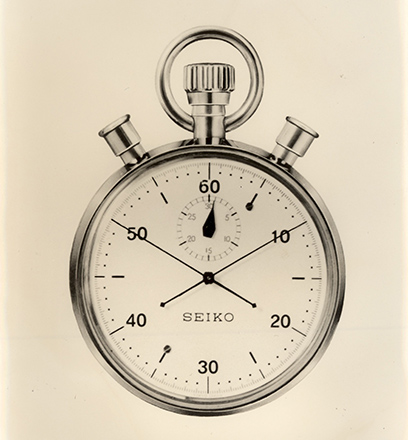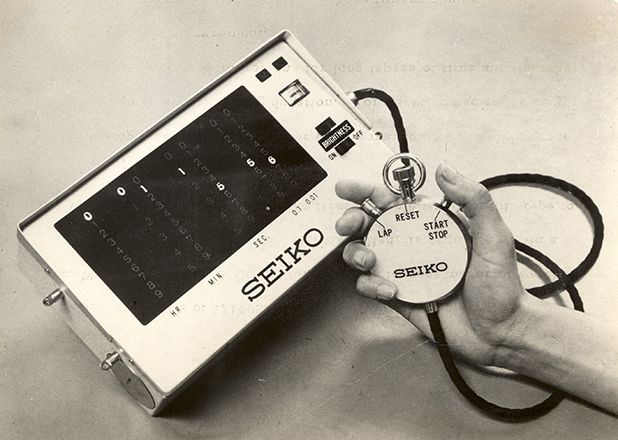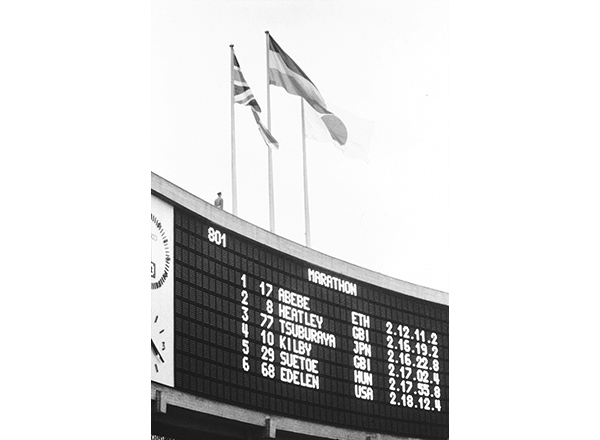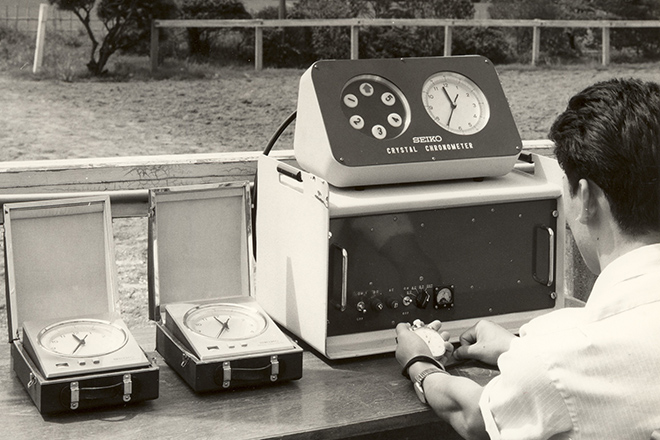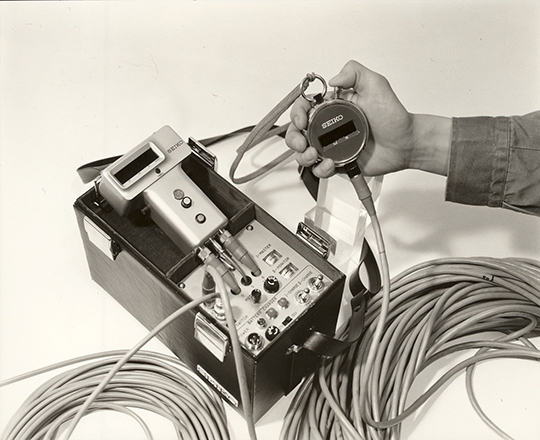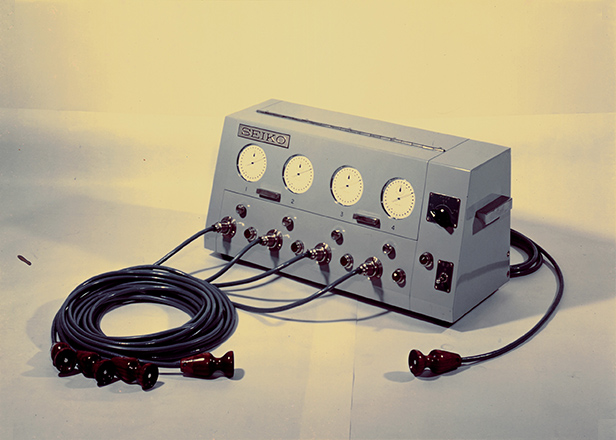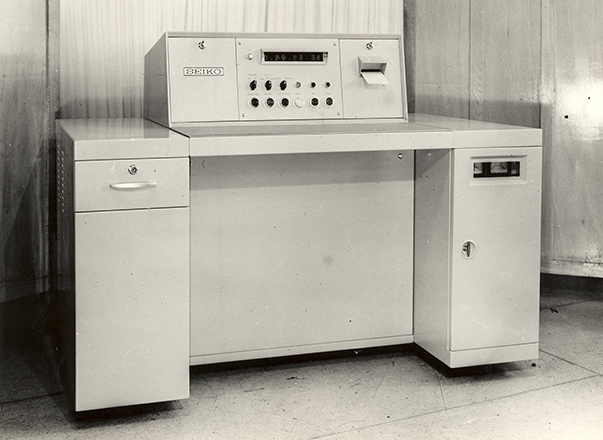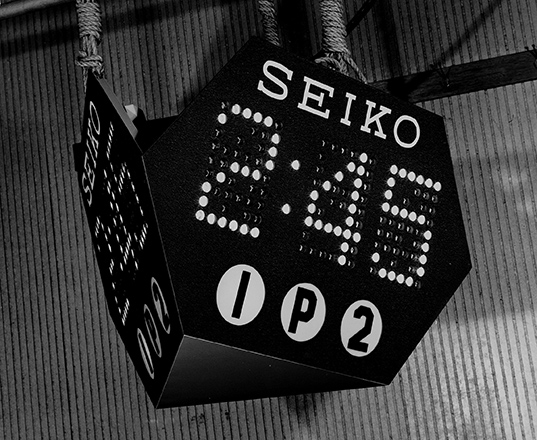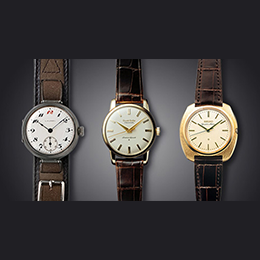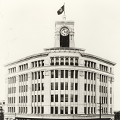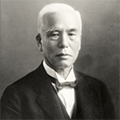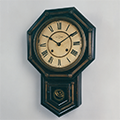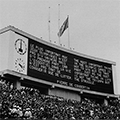~Be Seiko of the World~
The 1964 Summer Olympics in Tokyo was an extremely significant event for Seiko in many senses. Following the Rome Olympic Games in 1960, the company developed instruments in cooperation with group companies to promote the “Tokyo Olympic Games” as a top priority. Next, by acting as the Official Timer of the Tokyo Olympic Games, Seiko gained the opportunity to disseminate Seiko as a global brand. Seiko’s role in 1964 also spurred the development of many innovative products, including the world’s first quartz watch Astron in 1969. Sales grew globally.
Tokyo elected as the host of the 1964 Summer Olympics: Start from zero
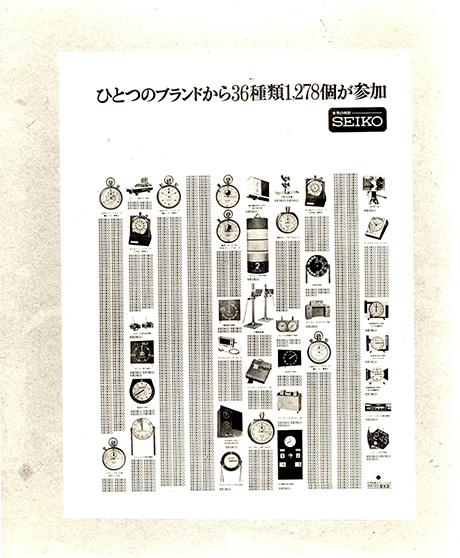
When Tokyo was elected to become the host city for the 1964 Olympic Games during the IOC Session in Munich in May 1959, Japan exploded in exultation as a country emerging from postwar reconstruction to a stage of rapid economic growth. The Organizing Committee conceived of “Japan-made Olympics” and “Scientific Olympics” themes with the eager cooperation of industries.
Shoji Hattori, the President of Seiko at that time, expressed strong passion and led the next Official Timer of the Olympic Games with firm resolve, closely studying reports on the 17th Olympic Games held in Rome in 1960. The official timers for the Olympic Games had been dominated by the Swiss watchmakers Omega and Longines since the Los Angeles Olympic Games in 1932. Would Seiko be capable of developing sports timers? If so, would it be internationally recognized and officially adopted? The company was sure of almost nothing.
Development within a limited time frame
People in the Seiko Group were not well versed in sports timing in those days, nor did Seiko own any stopwatches for sports, the mainstream timing instrument.
With only limited time remaining, the three Seiko Group companies started developing instruments in 1961. Each company took up different responsibilities for the project.
| Company | Products |
|---|---|
| Seikosha Clock Factory | ・Large instruments, including large clocks for spectators ・Printing timers* (for cycling, modern pentathlon, and equestrian events) |
| Daini Seikosha | ・Stopwatches ・Electronic timing instruments for swimming ・Printing timers (for rowing, canoeing, swimming, and athletics events) |
| Suwa Seikosha | ・Crystal chronometers ・Printing timers* (for cycling, modern pentathlon, and equestrian events) |
※Printing timers (for cycling, modern pentathlon, and equestrian events) were produced jointly by the two companies.
The stories behind the development of the new instruments follow below:
-
STORY 01
Development of an accurate stopwatch
-

Certificate of the timing instrument tested by the National Physical Laboratory in Greenwich, England to gain approval for use during the Olympic Games Seiko was producing around 6,000 stopwatches every month by 1960, but none were exclusively for sports. The company had grabbed a stake in the stopwatch market alongside leaders such as Omega and Longines by innovating several technologies, mainly its “stop mechanism using a heart cam.” After consulting with sports associations, reverse engineering sports-specific stopwatches by other makers, and learning through trial and error, Seiko finally figured out how to use the “heart cam” to solve the mechanical errors inherent to all stopwatches.
The stopwatch completed in August 1962 was tested by the IAAF (International Association of Athletics Federations) Technical Committee held in Belgrade in the following month. The test was performed by an IAAF Council member with a stopwatch in each hand. The tester simultaneously started the stopwatches, then simultaneously stopped them several seconds later, several minutes later, and about an hour later. The time difference between them was then checked. The times indicated by the stopwatches differed by only 0.1 second, demonstrating an accuracy that drew high praise. The stopwatches were accepted as “suitable for use for the Olympic Games and other international competitions.”
Seiko’s stopwatches were then used on a trial basis for the major competitions of various sports and recognized by various sports associations. In May 1963, the Organizing Committee adopted a resolution to select Seiko as the Official Timer for the forthcoming Tokyo Olympic Games.
-
STORY 02
Development of a small quartz clock
-
In 1958, Seiko developed and delivered the crystal oscillator master clock as a time signal device for radio and TV stations. The timepiece was 2.1 meters tall, the size of a big locker, too large to permit easy transport. Quartz clocks were installed for use at the national stadium, swimming pool, basketball gymnasiums, and other venues, and were to remain there as permanent fixtures after the Olympic Games. For smaller venues and events further afield, Seiko developed the world’s first portable quartz clock, the Crystal Chronometer (QC-951), a timepiece that ran without an AC power supply and had a daily error of only 0.2 seconds. Seiko also realized a plan to develop a stopwatch for measuring long periods at a time neither LCDs nor LEDs were available as display element. The world’s first crystal oscillator digital stop clock was born. The crystal stop clock illuminated the midget lamps of seven-digit numbers to be displayed at a 1/100 second rate. The world record time of 2:12:11.2 set by Abebe Bikila, the winner of marathon, was measured by this digital stop clock. Although there had been some sports clocks incorporating crystal technology before, the Official Timer of the 1964 Tokyo Olympic Games was the first company successful in using quartz watches and clocks for all of the major Olympics events.
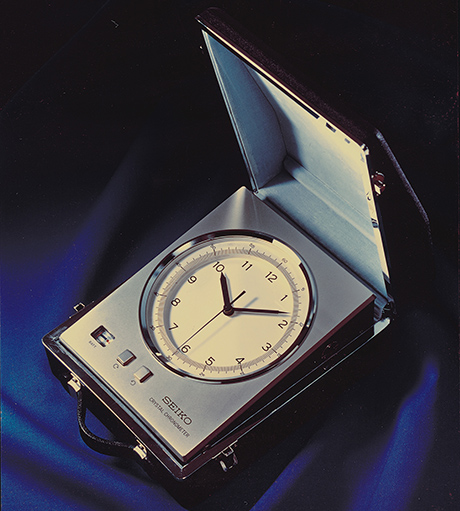
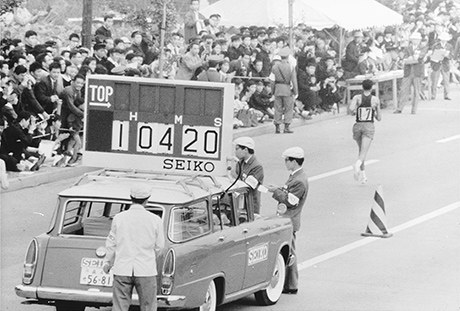
Crystal chronometer and marathon timer
-
STORY 03
Development of an operable and visible large clock and display
-
Olympic sports can be divided into various patterns. For some events, like swimming, outcomes are decided by the timing of the athletes’ arrival at a finish line. For others, two teams or individuals compete to score within a game period. For the former, accuracy is most important. For the latter, large displays must be provided to show the remaining time and scores to the spectators and athletes themselves. Seiko therefore developed large clocks and display units activated manually or interconnected with starter pistols, phototube equipment, and wireless devices, depending on the type of sport.

Large clock for judo, a sport first adopted by the Olympic Games at the Tokyo Olympics 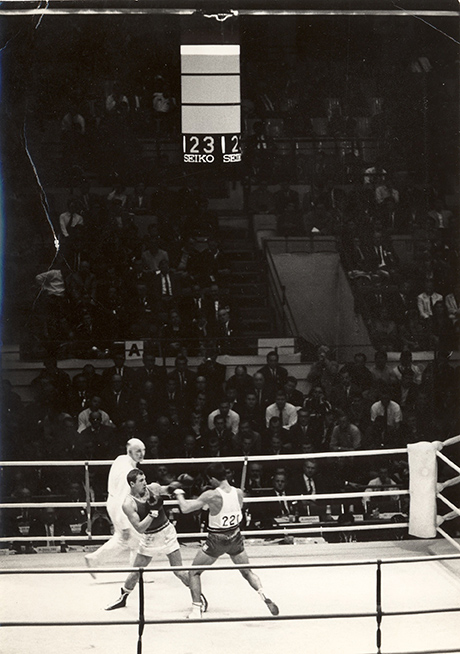
Boxing clock 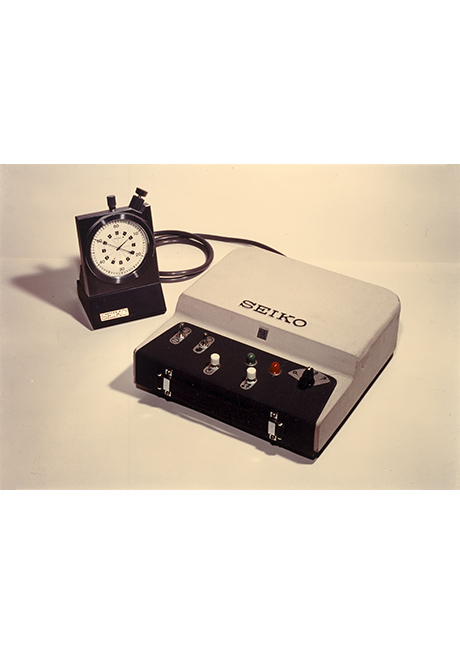
Desktop stopwatch interconnected with a large clock and control board
Olympic success at becoming the "Seiko of the world"
Seiko deployed a total of 36 models, 1,278 timing instruments (including the abovementioned), and 172 staff members to support success of the Tokyo Olympic Games in 1964. By performing outstandingly under the “Japan-made Olympics” and “Scientific Olympics” banners, Seiko gained an international reputation for its technological capabilities. The company image dramatically improved. The Tokyo Olympic Games generated a global sales expansion for Seiko products.


